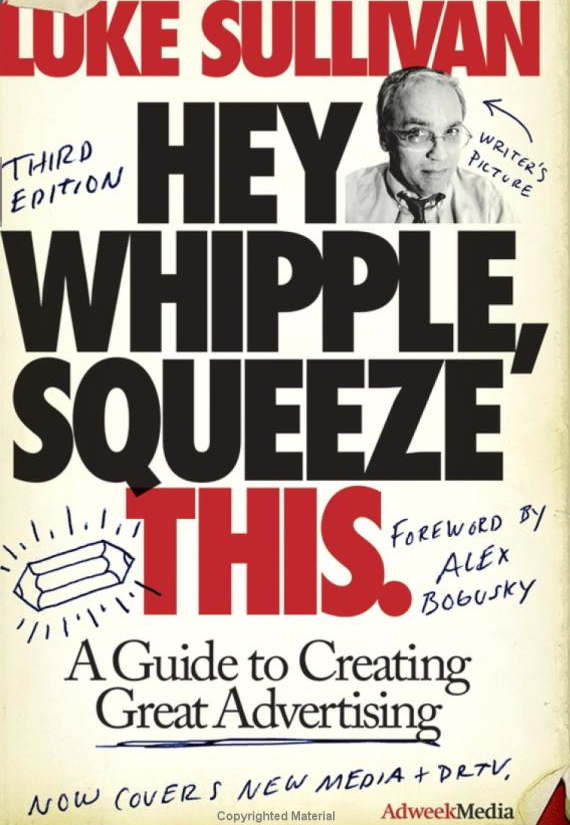Badania rynku biopaliw
Biopaliwa i odnawialne źródła energii stwarzają nowe możliwości. Odkryj, jak biopaliwa nadal ewoluują.
Biopaliwa i odnawialne źródła energii stwarzają nowe możliwości. Odkryj, jak biopaliwa nadal ewoluują.
Segmentacja Business-to-Business może pomóc Ci dotrzeć do nowych, rentownych klientów.
eHarmony.com oferuje serwis randkowy online, który łączy mężczyzn i kobiety w nadziei na stworzenie kochających się związków.
Odkryj doświadczenie Carrefour w ekspansji na rynek Dubaju w Zjednoczonych Emiratach Arabskich.
Ruth Stanat pamięta swój artykuł z 1990 r. na temat wywiadu strategicznego.
Globalni konkurenci nigdy nie zaprzestają planowania strategicznego i monitorowania konkurencji W każdej recesji firmy mogą być skłonne uwierzyć, że ich konkurenci „zamknęli” swoje budżety na badania rynku i wywiad konkurencyjny. Podczas gdy budżety korporacyjne są cięte, istnieją sposoby, aby firmy mogły kontynuować monitorowanie konkurencji w ciągu roku i w ciągu kilku kolejnych lat… Czytaj dalej
Jak kontynuować ekspansję na rynkach wschodzących w czasie recesji
Ruth Stanat, prezes i dyrektor generalny SIS International Research
26 stycznia 2009
Tło
Automotive Sensor Market Research Automotive systems are getting smarter with each passing day. The evolution and inventions for the advanced systems powered by a growing automotive market of Europe are increasing at a high pace. Sensors today define a new wave of automotive comfort and advanced technology. The European automotive sensor industry is in … Czytaj dalej
Poznaj zalety i wady korzystania ze zniżek w sklepach superluksusowych.
Autor: Dmitry Shimanv, dyrektor generalny ZNISZCZYĆ Skonsultuj się z agencją badawczą
Also accessible on SIS Worldwide Intelligence A famous economic law says: “Demand determines supply”. Is this really true?
Regular consumers take this assumption for granted. In today’s market, however, this law requires further revision and clarification. At first, supply determines demand and only then does demand begin to expand the amount of supply.

As part of our series of marketing-related books, we have reviewed Luke Sullivan’s book “Hey Whipple Squeeze This.” While focused on advertising, the book delves into solving problems and understanding consumers. Likewise, it can be applied to other areas of marketing services. We have structured this review on interesting concepts on which the author focused.
Brainstorming
Sullivan asserts the value in posing the problem as a question. One of our favorite quotes in the book was when Sullivan stated, “A problem well-stated is a problem half-solved.” By focusing on the question, people can facilitate the brainstorming process.
Wybory prezydenckie w USA w 2008 r. były fascynujące z wielu powodów, ale jednym z głównych powodów było wykorzystanie nowego marketingu.
Autor: Dmitry Shimanv, dyrektor generalny ZNISZCZYĆ Skonsultuj się z agencją badawczą
Dostępne również w SIS Worldwide Intelligence Library. Jednym z powszechnych błędów w kręgach biznesowych jest to, że badania marketingowe są niezbędne tylko dla dużych firm. W rzeczywistości małe firmy potrzebują ich tak samo jak korporacje transnarodowe.
Dlaczego? Oto cztery powody.
Po pierwsze, aby zwiększyć udział w rynku, małe firmy muszą znaleźć odpowiednią niszę. Dlatego analiza rynku i analiza SWOT konkurentów będą wymagane. Po drugie, małe firmy radzą sobie z ekstremalną presją konkurencji. Muszą utrzymać każdego klienta, a aby to zrobić, konieczne są kompletne informacje o konsumentach (od cech społecznych i demograficznych po portret psychograficzny).
 W ramach naszej serii recenzji książek o marketingu niedawno zrecenzowaliśmy książkę Jona Steela „Truth, Lies and Advertising: the Art of Account Planning”. Choć książka skupia się na reklamie, jej treść można realnie zastosować w innych gałęziach usług marketingowych. W szczególności chcieliśmy przeczytać jej perspektywę na temat badań rynku w kampaniach reklamowych.
W ramach naszej serii recenzji książek o marketingu niedawno zrecenzowaliśmy książkę Jona Steela „Truth, Lies and Advertising: the Art of Account Planning”. Choć książka skupia się na reklamie, jej treść można realnie zastosować w innych gałęziach usług marketingowych. W szczególności chcieliśmy przeczytać jej perspektywę na temat badań rynku w kampaniach reklamowych.
Celem Steel jest zaproponowanie nowego modelu reklamy opartego na złożoności ludzi i ich emocji. Model ten obejmuje partnerstwo interesariuszy w kampanii reklamowej:
Branża perfumeryjna na całym świecie działa w swoim własnym tempie, jeśli chodzi o marketing i zakupy konsumenckie.